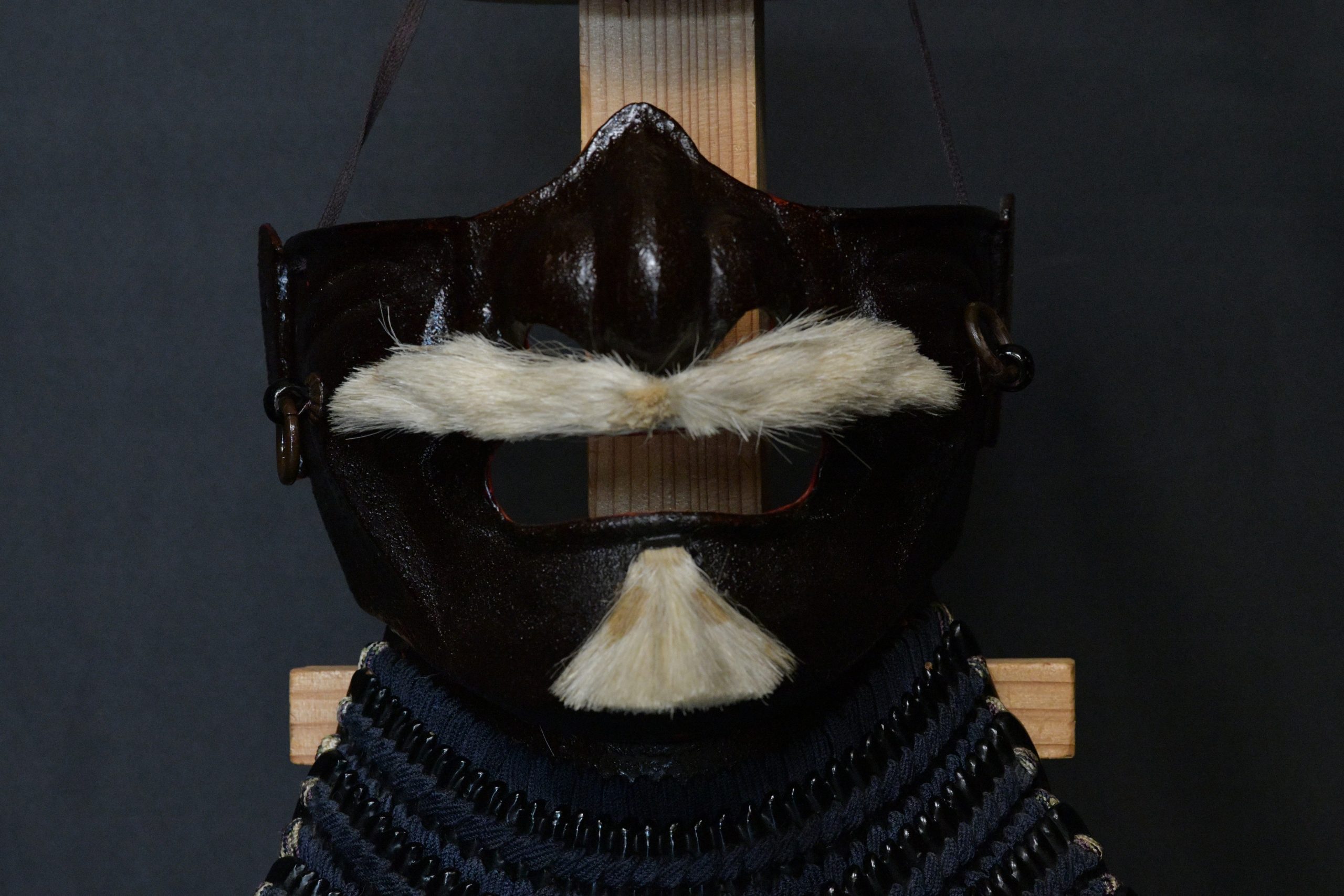Kabuto: The Most Sought-After Samurai Helmets for Collectors

Within the fascinating world of Japanese collecting, few items inspire as much admiration as the Kabuto, the traditional helmet worn by the samurai. These masterpieces of craftsmanship were not only protective gear on the battlefield but also symbols of status, power, and spirituality. Today, authentic Kabuto have become highly valued objects for collectors worldwide, offering a direct connection to the history and culture of feudal Japan.
At Supein Nihonto, we feature a unique selection of original Kabuto, one-of-a-kind pieces that have survived the passage of centuries and represent the best of the samurai tradition.
The Origins of the Kabuto
The Kabuto first appeared during the Heian period (794–1185) but reached its peak during the Muromachi (1336–1573) and Edo (1603–1868) periods. While originally designed purely for protection, they soon evolved into works of art. Master armorers decorated each helmet with motifs representing clans, religious symbols, or elements of nature.
Every Kabuto was unique, and this individuality is what makes them so coveted by collectors today.

The Most Desired Types and Styles
There are many variations of Kabuto, but some stand out for their rarity and appeal among collectors:
- Hineno Kabuto: Rounded and lightweight, widely used in the 16th and 17th centuries for its practicality.
- Suji Kabuto: Recognizable by its vertical ridges, which provided both strength and striking aesthetics.
- Momonari Kabuto: The form is inspired by the shape of a peach (momo), the momonari type is characterized by its smooth, rounded, and symmetrical profile, designed to resemble the natural curves of a peach.
- Kawari Kabuto: Perhaps the most sought after by collectors. The name means “unusual helmet” and refers to extravagant shapes inspired by animals, mythical figures, or symbolic designs. Each Kawari Kabuto is entirely unique, turning it into a true treasure.
The Symbolism of the Kabuto
Beyond its battlefield use, the Kabuto represented the identity of the warrior. The maedate (frontal crest) often displayed motifs such as dragons, horns, crescent moons, or protective deities. For the samurai, wearing their Kabuto was both a declaration of power and a constant reminder of their duty.
Today, collectors place great value on this symbolism. Every helmet tells a story—not only of the samurai who wore it but also of the historical period in which it was forged.
What Determines the Value of a Kabuto?
An authentic Kabuto can vary greatly in price depending on several factors:
- Age: Older pieces carry greater historical and collector value.
- Condition: The preservation of original components is critical.
- Decoration and rarity: Helmets with unusual ornaments or those linked to notable clans are particularly valuable.
- Authenticity certificates: Documentation verifying the origin and authenticity of a Kabuto significantly increases its worth.
At Supein Nihonto, we guarantee that every Kabuto offered is authentic and unique, with no replicas or imitations.
Kabuto Today: Museum Pieces for Your Collection
Many Kabuto helmets now found in private collections or museums once belonged to full suits of armor worn during ceremonies or battles. Owning one of these helmets today is not just about acquiring a historical artifact—it is about preserving a cultural symbol and piece of art.
Each Kabuto is truly one-of-a-kind. Once sold, it is permanently removed from our catalog and cannot be replaced, making every purchase a rare and valuable opportunity for collectors.
Collecting Kabuto with Supein Nihonto
On our website, you will find a carefully curated selection of authentic Kabuto, sourced directly from Japan through trusted contacts, auctions, and specialized markets. Every piece is inspected and documented to ensure authenticity.
Our mission is to provide genuine, original artifacts with history, suited for different budgets—whether you are a seasoned collector or just starting to explore the fascinating world of Japanese arms and armor.


